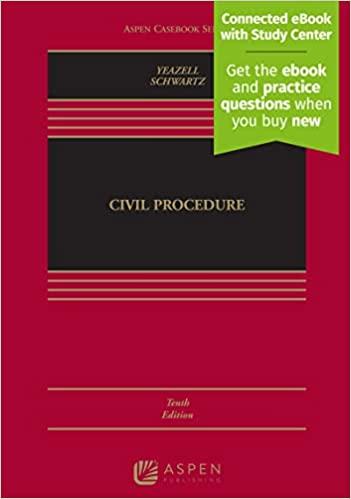Question
You can agree but not disagree with my classmate. You can add comments, agree what she or him is saying or add additional information you
You can agree but not disagree with my classmate. You can add comments, agree what she or him is saying or add additional information you think is important.
please resound to each classmate individually. For example, I agree with Matthew....... I will also add to what Matthew said.... and so on.
You're not required to answer the question.
Here is the question:
Time of Death
Determining the time of death is very important in a homicide investigation. Discuss how changes in the eyes can offer information on time of death.
Kylee Murrey
Determining the time of death can be very helpful in homicide investigations for multiple reasons. If the time of death is known, suspects can either be eliminated or become more suspicious, if they were unaccounted for at that time (Fisher & Fisher, 2022). It should be noted that time of death is not exact, rather an estimate. Changes in the eyes of the deceased will be noticeable but may not be very helpful in determining an accurate time of death (Fisher & Fisher, 2022). After death, the cornea becomes dull, and the eyes will appear cloudy (Fisher & Fisher, 2022). However, this will not produce an accurate estimate of time of death because the cloudiness could appear anywhere between several minutes to a few hours "depending on whether the eyelid is open or closed, temperature, humidity, and air current" (Fisher & Fisher, 2022, p. 261).
Nick Negas
After death, many parts of the body begin to change, including the eyes, which the pupils begin to dilate and no longer respond to light. After about 2 hours after death the cornea becomes hazy or cloudy, turning progressively more opaque over the next day or two (Murphy, 2004). The clouding of the cornea provides a rough estimate in determining the time of death. Also measuring the potassium levels in the vitreous humor can help in determining the time of death, along with other physical findings like rigor mortis, livor mortis, algor mortis, and the decomposition of the body. In order to find the potassium levels in the vitreous humor a pathologist samples the potassium level in the vitreous humor and use that value to calculate an approximate time of death (Murphy, 2004).
Step by Step Solution
There are 3 Steps involved in it
Step: 1

Get Instant Access to Expert-Tailored Solutions
See step-by-step solutions with expert insights and AI powered tools for academic success
Step: 2

Step: 3

Ace Your Homework with AI
Get the answers you need in no time with our AI-driven, step-by-step assistance
Get Started


